LCD module backlight power requirements
When publishing:2021-05-10 11:12:23
Since LCD is essentially a selective filter, and the display brightness generated by ambient lighting is often insufficient, a light source must be placed on the back of the LCD. There are several methods for placing the back light source, and different back light sources have different application occasions.
The early LCD backlighting was mainly used for laptops or notebook computers. Since the power consumption of the display screens used by these devices accounts for 90% of the total available batteries, people are most concerned about efficiency.
Recently, the main applications of LCDs have shifted to desktop computers. The focus of LCDs has also shifted from low power consumption to high brightness, and brightness and image quality have become the primary issues. Of course, efficiency is still one of the elements that cannot be ignored, because users are still more concerned about self-heating and power supply costs.
1 Method of back lighting
The back light source of electroluminescence (EL) is thin and light, and provides uniform light. Its power consumption is very low, the required operating voltage is 80 ~ 100Vac, the inverter that provides the operating voltage can transform the input of 5/12 / 24Vdc into AC output.
Since the EL back light source has a limited service life (the average service life at 50% brightness is 3000 to 5000 hours, the service life will be greatly shortened at a higher brightness level), therefore, the ideal inverter for EL back lighting The device allows the output voltage and frequency to increase as the EL bulb ages, thereby extending the effective life of the display using the EL back-illuminated light source.
EL back lighting is more suitable for small reflective LCD applications like watches, digital desk clocks, and monochrome PDAs that require extremely weak lighting for use in dim or dim conditions. However, low efficiency, low brightness, and short lifetime make it unsuitable for transmissive back lighting applications such as large LCDs required by laptop computers and tablet desktop monitors.
LED back light source has a longer service life than EL (more than 5000 hours) and uses DC voltage. It is usually used in small monochrome displays, such as front nest phones, remote controls, microwave ovens, stereo audio equipment, etc. However, its brightness is not sufficient to provide a back light source for large transmissive displays.
The small cold cathode fluorescent lamp (CCFL) provides the brightness and longevity (and light control capability) required for large LCDs, which is why it is still the most commonly used method of backlighting to date. However, heat buildup is a concern.
The back light source assembly has increased from 1 or 2 CCFLs driven at relatively moderate power levels in the past to as many as 12 (or 16) tubes operated at 30W or 60W. Due to the use of such a large amount of power in a relatively small space, the heat build-up puts all the components in the light source assembly on the back of the display at stress levels not seen in most early LCD module applications. Moreover, electrical efficiency and lighting control capabilities are also close to the limit.
2 Change the requirements of the inverter
In an 18-inch standard flat panel display (FPD) that uses CCFL backlit surface light sources, the display logic circuit and DC / AC inverter may require 10W and 55W of power, respectively. Of the total power of 65W, only a small part is converted into light, and most is converted into heat.
The back light source of multiple lamps also has severe heat scattering, making its optical efficiency very low. Due to the thinness of the fabricated FPD components, heat in excess of 50W has to be dissipated in a fairly small space.
In order to achieve the best thermal management, the display enclosure must be properly ventilated. Moreover, all components including: housing, CCFL, display and inverter must be designed and specified for the actual operating temperature (up to 150 ° F) in the display housing. Today's ideal inverters for multi-lamp FPD can provide about 90% efficiency and direct connection to the display, low power consumption, flicker-free 0-100% brightness control, output power up to 60W, integrated input and output connectors.




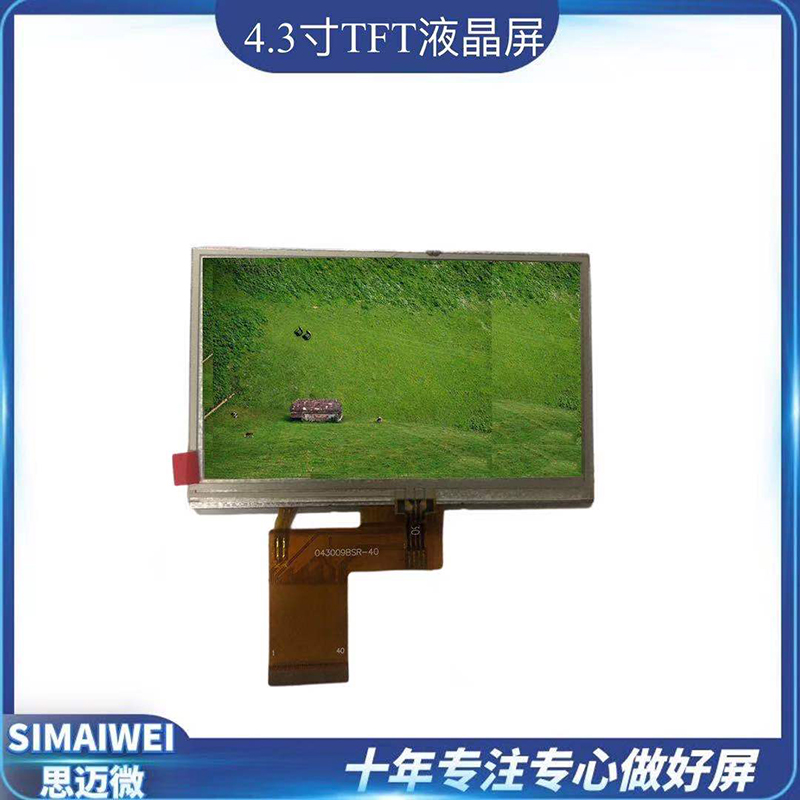
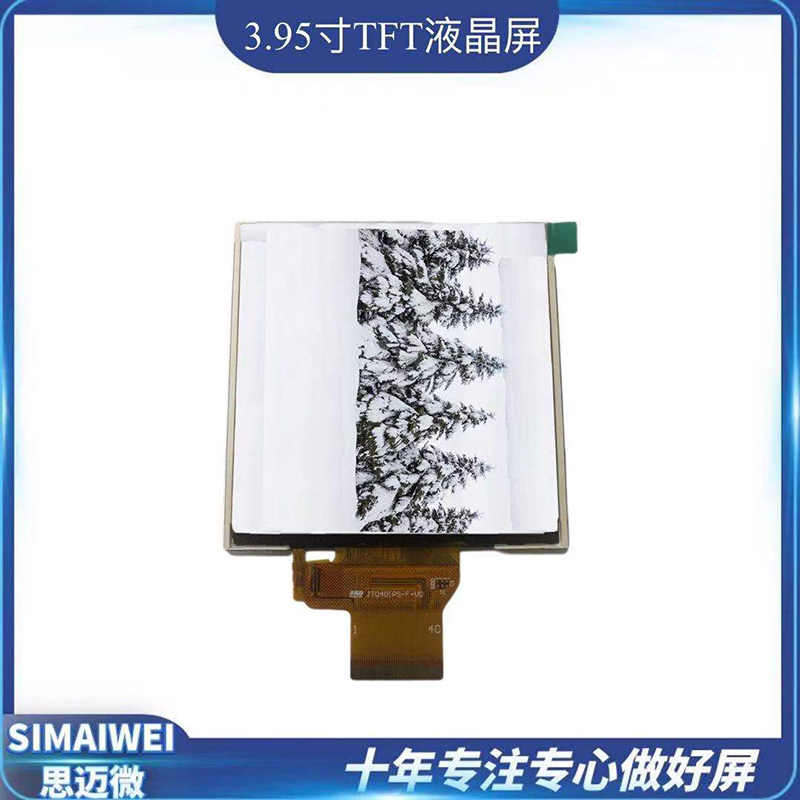
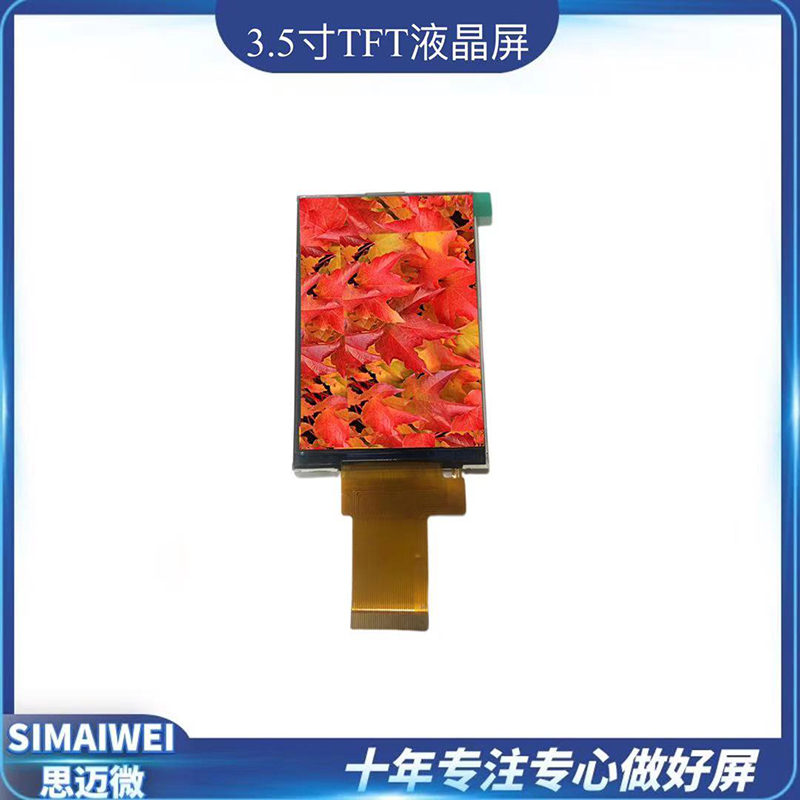
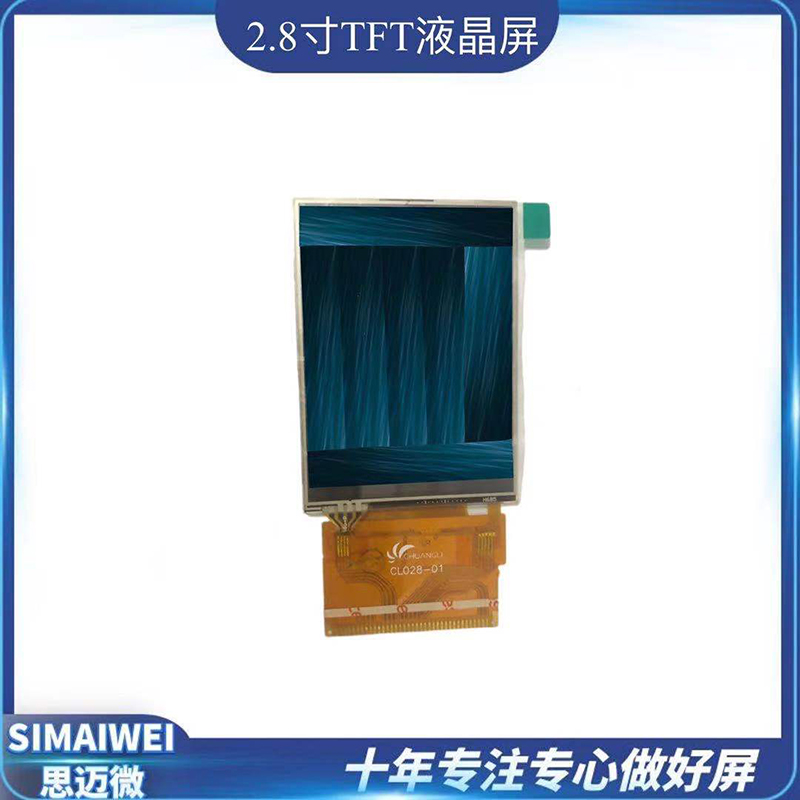
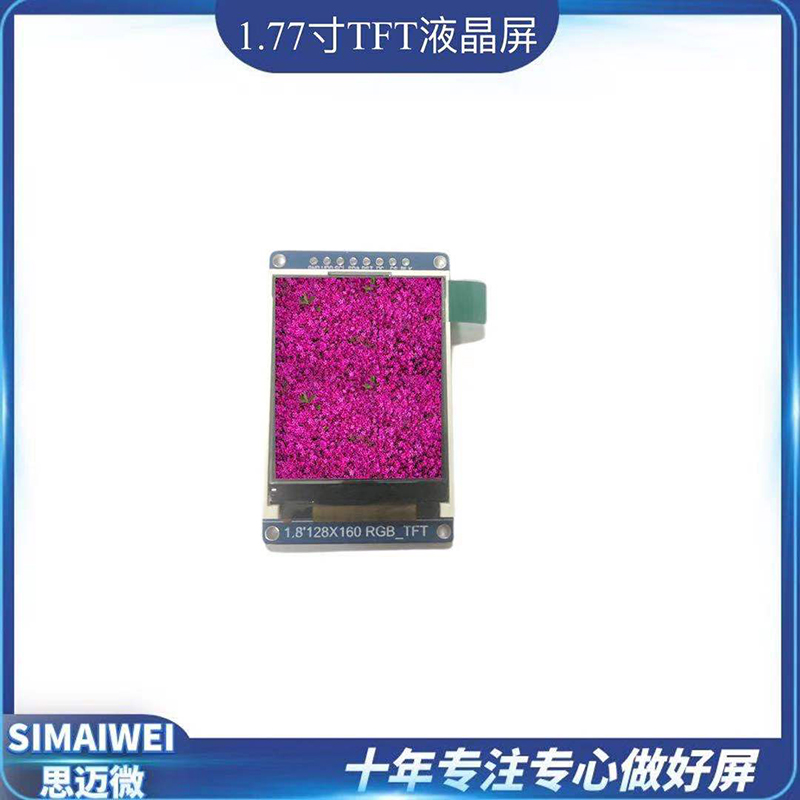
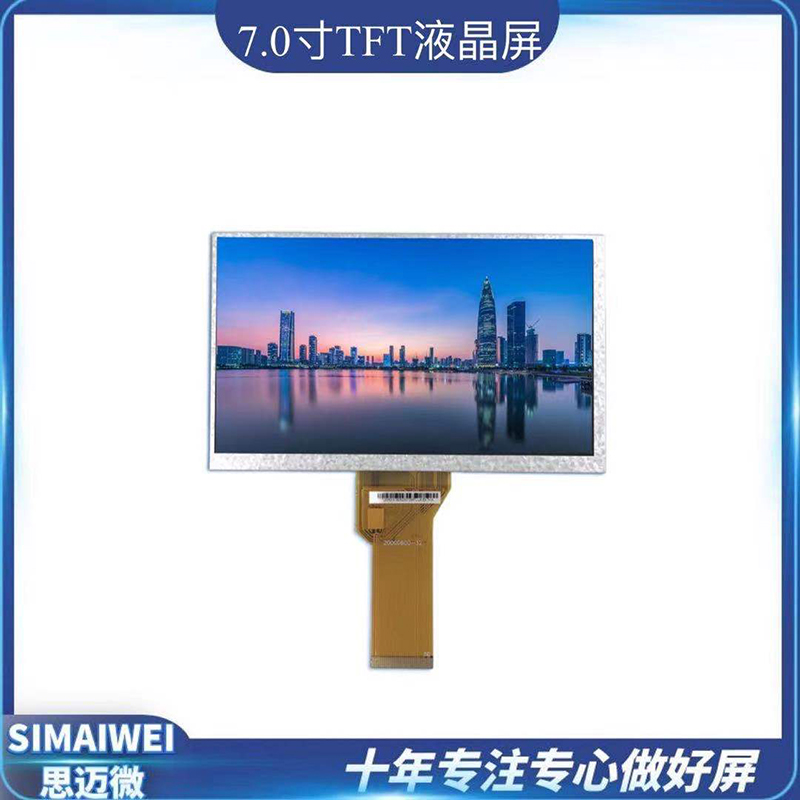








 Back to top
Back to top